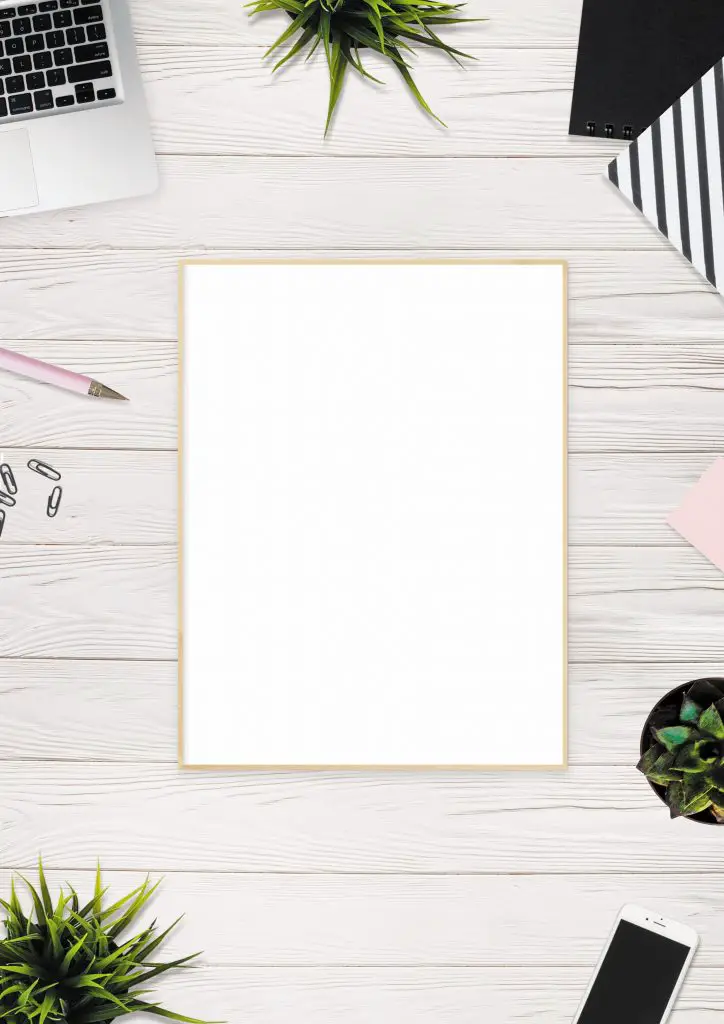Have you ever thought of introducing the Marie Kondo aesthetic to design your project? The precise method that took the world by storm when it introduced gratitude for the things that sparked joy. Marie Kondo’s minimalist approach is known not only for its aesthetic beauty but also for its potential to reduce waste.
Let’s take a moment and try to assimilate the same procedure into the field of web design; where the designer retains the features that spark joy to the user and eliminates all others that do not produce the same effect.
The approach of keeping things that are pleasing while letting useless things go is known as ’minimalism.’ In truth, the minimalist approach is a result of excessiveness. In simpler terms, it implies the removal of all products and features that are not vital to the primary goal.

Defining Minimalism
Minimalism evolved as a design movement in American visual art, back in the 60s and continued, until the 70s. This is a style of design that pushes the creator to utilize only those elements and concepts that are essential to successfully executing/operating the product. The deed is done by eliminating all the excessive and unnecessary components out of the picture.
In essence, minimalism revolves around two things:
- The creation of design with reduced colors, form, and space to attain utmost simplicity.
- The achievement of pure minimalism requires you only to retain the absolute essentials and nothing else.
Minimalism in design
The Airbnb homepage is the optimal example of minimalism in digital design. The page attracts your attention to all the calls of action and the content. Manipulation of visuals in favor of minimalism has helped the company become successful in the conversion of visitors to customers.
The integration of a minimalist design asks for stripping the design clean of unnecessary elements that hinder functionality.
Adapting to minimalist designs
Focusing on the attributes that are barely necessary has helped in leaving a rightful mark on the B2B applications and websites. Users of Pinterest and Nordstrom have developed a strong sense of comfort for the no-nonsense designs conveying ease of use.
Principally, minimalism is about making the user experience simple. Most of the enterprise software needs to rid itself of complications and embrace user-friendly functionality and appearance. Minimalist design requires organization, precision, and high usability.
The inspiration from minimalist design awakens with the amalgamation of refined functionality and aesthetic appearance, creating a background of aspiration and achievement for the designer.

How to decide what is essential?
The minimalist approach drags the elimination of unnecessary elements, but what exactly can be deemed useless while designing enterprise software?
The selection of features begins with setting precise goals about the needs of users and stakeholders. It is a matter of priorities — effective minimalism results from the fulfillment of prioritized purposes.
Data auditing
The process of in-depth data auditing will determine the amount of data density present on each screen. For designers, it is necessary to understand the flow of information and the priorities of the users. Quite often, the enterprise apps are loaded with obsolete data-anything that is about defunct services could be an example of this case.
The repetitive and redundant data leads to clunks in functionality. That’s why the organization of data, according to user inputs, will contribute significantly to maintain a natural content hierarchy. The user inputs will enable designers to logically group data, eliminate redundant features, and also ensure easy access to perform regular tasks.
Judicious use of visual elements
This is the space where a designer takes the reigns and makes calls according to their judgment. The primary rule to follow is that there needs to be the least number of dots, lines, boxes, and other guide rails on the interface when information is being presented.
This means that designers need to deeply ponder about the visual elements on the interface that merely lend aesthetic value and discard them. They need to keep the ones that build a logical visible structure for the interface.
This idea can be implemented by developing a UI that becomes less intrusive with increased usage. An example to follow includes mobile applications that maintain a transparent overlay of pages for newcomers. This highlights the principal elements and briefly explains each feature.
Another option is to create a tour of the software product that introduces the user to the entire functioning of the system. With increasing familiarity, the need for long labels would come to an end. And this is where the need to hire custom logo design services comes into play. The subtle creativity and practical approach would add value to your minimalist design theme by garnering the attention to the right spots.
Highlighting calls-to-action
The CTAs are the topmost priority for the design of each page. Typographical elements and colors need to be manipulated in such a way that they direct the user’s attention to the most critical information on the screen. Minimalist designs make optimal use of negative space, which makes it crucial to highlight split-second decision making and quick actions intelligently.
Prioritizing usability
The enterprise projects either call for upgrades in the existing system or go overboard with the development of a new product from scratch. Working on these lets designers establish an inclination to create threadbare, clean, and sleek-looking designs that work super-fast.
However, designers must pay attention to the changes being implemented. Sudden changes in appearance have the potential to wreak havoc with regular tasks. Practical usability needs to be ensured by the restriction on functionality that matches user needs.
The creation of role-based interface where only particular individuals are exposed to the functions of their roles would come handy. The minimalist approach should never overtake usability. The designer might shift the focus to essentialism in components, but they must ensure that the usability is not compromised in any shape, way, or form.
Final Thoughts
Minimalism is a design approach centered on simplicity. It helps in seeking user attention to the essential features with an undertone of subtlety instead of blatant shows. In the field of enterprise products, minimalism involves more of functionality and usability as compared to appearances.
The successful execution of this approach asks designers to base each decision on the user needs and communicate all information with clarity.
Author Bio: Evie harrison is a blogger by choice. She loves to discover the world around her. She likes to share her discoveries, experiences and express herself through her blogs. Find her on Twitter:@iamevieharrison


